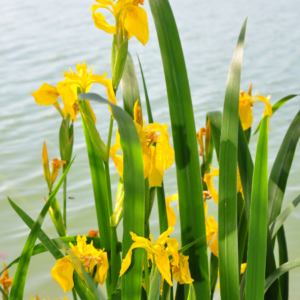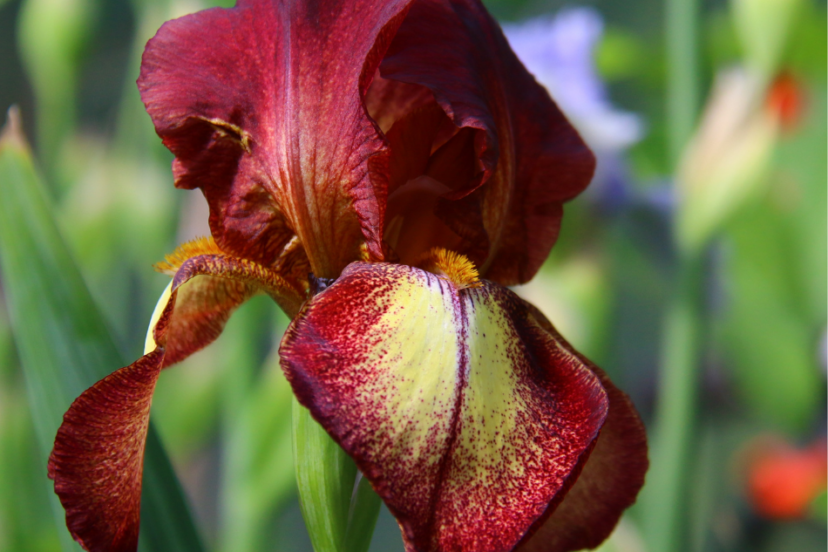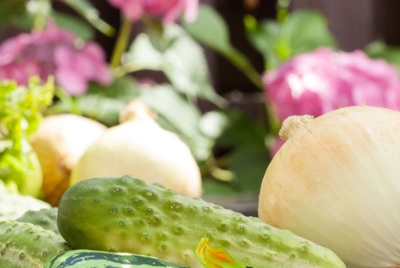Iris Companion Plants
How To Create A Beautiful Garden With Iris And Complementary Companions
Many gardeners looking to add a touch of elegance to their outdoor spaces turn to the stunning iris flower. Known for their vibrant colors and unique shape, irises make a striking addition to any garden. However, choosing the right complementary companions can take your garden to the next level. In this blog post, we will explore how to create a beautiful garden using iris flowers alongside perfectly matched plants that will enhance their beauty and create a harmonious landscape. Whether you’re a seasoned gardener or just starting out, these tips will help you design a garden that will be the envy of your neighborhood.
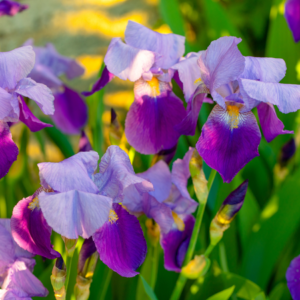
Key Takeaways:
- Choose a variety of iris: Select different types of iris flowers with various colors and bloom times to create a visually appealing garden.
- Plant complementary companions: Pair iris with plants that have contrasting colors, textures, and heights to create a harmonious and balanced garden design.
- Consider the sunlight and soil: Make sure to plant iris and their companions in areas that receive the appropriate amount of sunlight and have well-drained soil to promote healthy growth.
- Group plants in clusters: Plant iris and their companions in clusters or drifts rather than spacing them out individually to create a more natural and cohesive look in the garden.
- Regular maintenance is key: Keep up with regular watering, pruning, and weeding to ensure that your iris and their companions thrive and continue to enhance the beauty of your garden.
Understanding Iris Needs
Sunlight and Soil Preferences
The beautiful iris plants thrive in full sun to partial shade environments. They require at least six hours of direct sunlight each day to produce their stunning blooms. In terms of soil, irises prefer well-draining soil that is slightly acidic to neutral in pH. Make sure to amend heavy clay soil with organic matter to improve drainage and provide vital nutrients for your irises.
Water and Nutrition Essentials
The key to keeping your irises healthy is to maintain consistent moisture levels in the soil. Irises prefer to be kept moderately moist, so be sure not to overwater them. Fertilize your irises in the spring with a balanced fertilizer to promote healthy growth and vibrant blooms. Avoid high-nitrogen fertilizers, as they can promote lush foliage at the expense of flowers.
Any fluctuations in the watering routine or soil nutrients can lead to issues like root rot or poor flowering. It’s vital to keep a close eye on your iris plants and adjust your care practices as needed to ensure they thrive in your garden.
Needs: To create a beautiful garden with iris and complementary companions, it is crucial to understand the specific needs of the iris plants. Providing the right amount of sunlight, well-draining soil, consistent moisture levels, and balanced nutrition will help your irises flourish and reward you with breathtaking blooms.
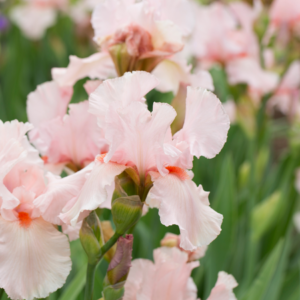
Designing Your Iris Garden – Iris companion Plants
Color Schemes and Blooming Times
Assuming you’ve decided to create a beautiful iris garden, it’s important to consider color schemes and blooming times to ensure a continuous display of colors throughout the growing season.
Garden iris flowers come in a wide range of hues including purple, blue, white, yellow, and more. By carefully selecting iris varieties that bloom at different times, you can enjoy a colorful garden from early spring to late summer.
Layout Tips for Aesthetic Appeal
Assuming you’re planning the layout of your iris garden, consider the placement of your iris plants for maximum aesthetic appeal. Iris flowers look best when planted in groups or clusters rather than scattered randomly throughout the garden.
Create visual interest by mixing colors and heights, with taller irises at the back and shorter varieties in the front.
- Plant iris in clusters for impact.
- Combine different colors and heights for visual interest.
- Ensure taller irises are placed at the back.
This will create a harmonious and visually appealing garden that showcases the beauty of your iris plants. By following these layout tips, you can design a garden that is both beautiful and functional, allowing you to enjoy your irises to the fullest.
Understanding the Risks and Rewards
Planting an iris garden can be a rewarding experience, but it’s important to understand the risks involved. While irises are relatively low-maintenance plants, they are susceptible to certain pests and diseases. Keep an eye out for iris borers, which can damage or kill your plants if left unchecked. On the positive side, irises are deer-resistant and attract pollinators to your garden, adding to its biodiversity.
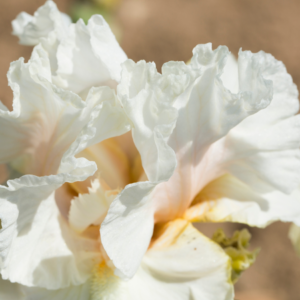
Choosing Complementary Companions -Iris companion Plants
Selecting Plants That Enhance Irises
Despite the beauty of irises on their own, selecting the right companion plants can really make your garden pop.
When choosing plants to enhance your irises, consider ones that will complement their colors and textures, as well as bloom at different times to extend the season of interest in your garden.
Balancing Heights, Textures, and Colors
To create a visually appealing garden with irises and their companions, it’s crucial to balance heights, textures, and colors. Pairing tall irises with lower-growing plants can create a dynamic look, while mixing different textures and colors can add depth and interest to your garden beds.
Plus, be sure to consider the bloom time of your companion plants to ensure your garden has continuous color throughout the growing season.
Mixing in plants with different bloom times can ensure your garden remains vibrant from spring to fall.
Maintenance and Seasonal Care on Iris Companion Plants
Keeping Your Irises Happy and Healthy
Care is important to keep your irises thriving. Ensure they are planted in well-draining soil and receive at least six hours of sunlight daily. Regular watering is crucial, especially during the growing season. Deadhead spent flowers to encourage new blooms and prevent seed production. Watch out for pests and diseases, like iris borers and fungal leaf spot, and take prompt action to address any issues.
Preparing for Each Season’s Needs
With each season, your irises will have specific requirements to flourish. In spring, prepare the soil with organic matter and fertilizer to encourage growth. Summer calls for mulching to retain moisture and control weeds. In fall, trim back foliage and divide overcrowded clumps. Lastly, in winter, protect your plants from frost by covering them with a layer of mulch.
This approach will help your irises thrive throughout the year. By attending to their specific needs in each season, you’ll see beautiful flowers blooming and healthy plants growing. Remember to keep an eye out for pests and diseases that can harm your irises and take action promptly to address any issues that arise.
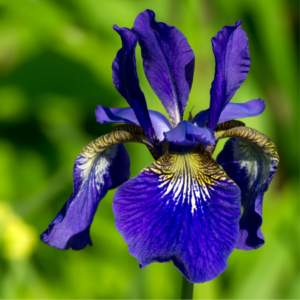
Final Words on Iris companion Plants
The key to creating a beautiful garden with irises and their complementary companions lies in thoughtful planning and combining plants that enhance each other’s beauty.
By following some simple guidelines like choosing plants with similar growing conditions, colors, and blooming times, you can create a stunning garden that will be the envy of your neighborhood. Happy gardening!
FAQ’s about Iris companion Plants
Q: What are some tips for creating a beautiful garden with irises and complementary companions?
A: To create a beautiful garden with irises and complementary companions, consider choosing plants that have similar growing requirements to irises, such as sun exposure and soil type.
Q: When is the best time to plant irises and their companions?
A: The best time to plant irises and their companions is in the late summer or early fall. This gives the plants time to establish their roots before the winter months.
Q: What are some good companion plants for irises?
A: Some good companion plants for irises include peonies, roses, daylilies, and salvia. These plants complement irises well and create a harmonious garden design.
Q: How can I design a garden that showcases irises and their companions effectively?
A: To design a garden that showcases irises and their companions effectively, consider planting in groups or clusters rather than single plants. This creates visual impact and allows the plants to complement each other.
Q: How do I care for irises and their companion plants to ensure a beautiful garden?
A: To care for irises and their companion plants, make sure to water them regularly, especially during dry periods. Deadhead faded blooms, remove any diseased foliage, and mulch around the plants to retain moisture and suppress weeds.
